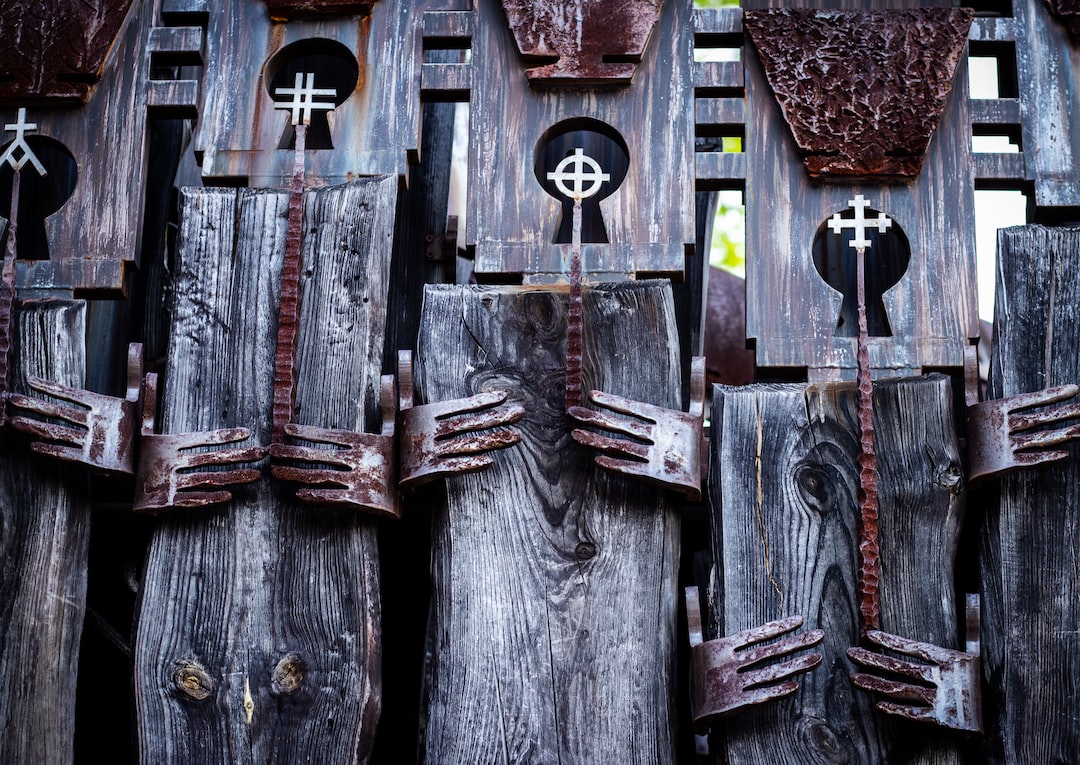The Influence of Religion on Music, Literature, and Art
Religion has always played a significant role in shaping human civilization. Since ancient times, it has been intertwined with various aspects of culture, including music, literature, and art. The influence of religion on these forms of expression is profound, as it provides a framework for understanding the world, reflecting on human nature, and exploring the mystical and divine. In this blog post, we will delve into the various ways in which religion has impacted music, literature, and art throughout history.
Music, with its capacity to evoke emotions and express the ineffable, has long been infused with religious themes. In cultures across the globe, religious rituals have been accompanied by music, forming a vital part of worship. Chants, hymns, and folk songs are deeply rooted in religious traditions, allowing believers to connect with the divine. Gregorian chants, for instance, were integral to Christian worship in medieval times, as they focused on praising God and enhancing the spiritual experience of the faithful. The Cathedral of Notre-Dame in Paris stands as a testament to the profound connection between religious music and architecture, with its soaring Gothic design perfectly suited to the celestial melodies that once resounded within.
Similarly, literature has been profoundly shaped by the influence of religion. From ancient religious texts to modern spiritual fiction, religious themes pervade numerous literary works. Sacred texts, such as the Bible, the Quran, and the Mahabharata, serve as foundational sources of inspiration for countless writers. These texts provide moral and ethical guidelines, explore the complexities of human nature, and grapple with existential questions that continue to resonate with readers today. The works of Dante, for instance, draw heavily from Christian symbolism and theology, as he embarks on a journey through hell, purgatory, and heaven. Moreover, writers like Fyodor Dostoevsky masterfully delve into the moral dilemmas associated with religious faith, examining the depths of human consciousness and the search for redemption.
Religion has also played a significant role in shaping the visual arts. In ancient civilizations, religious imagery adorned temples and shrines, reflecting the beliefs and rituals of the time. For instance, the ancient Egyptian pyramids were decorated with intricate hieroglyphics and depictions of gods and goddesses. In Christianity, religious art flourished during the Renaissance, with artists like Leonardo da Vinci and Michelangelo crafting masterpieces that depicted biblical scenes and religious figures. These works were not mere illustrations but were intended to inspire devotion, provoke contemplation, and serve as a potent tool to convey religious and moral lessons to the masses. The intricate stained glass windows of Gothic cathedrals, the awe-inspiring frescoes of the Sistine Chapel, and the sublime sculptures of Hindu temples all exemplify the marriage of religious beliefs with artistic expression.
Apart from directly depicting religious themes, religion has also influenced the artistic interpretation of other subjects. For instance, the concept of beauty in art was often tied to religious ideals. During the Renaissance, artists sought to create art that reflected a divine harmony, combining mathematical precision with aesthetic elegance. This pursuit of spiritual beauty extended beyond religious imagery, influencing various artistic genres, including portraiture, landscapes, and still life. Moreover, religious rituals and traditions have also inspired artistic practices, such as the choreography of dance, the composition of classical music, and the storytelling techniques in theater.
The influence of religion on music, literature, and art extends beyond a mere reflection of beliefs; it shapes the way we perceive and engage with these art forms. By infusing these mediums with spiritual and philosophical themes, religion helps us explore the profound aspects of human existence, fostering a deeper appreciation and understanding of the world around us. Whether it’s the spiritual incantations of Gregorian chants, the moral quandaries tackled in religious texts, or the divine beauty depicted on canvas, religion continues to inspire and shape artistic expression, inviting us to reflect on our place in the universe and seek meaning in the ethereal.

